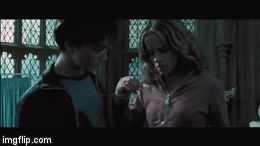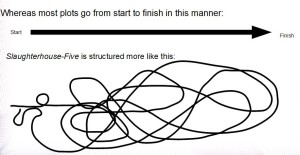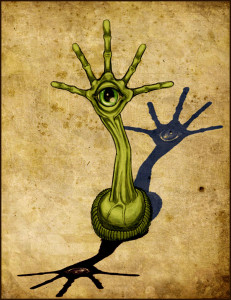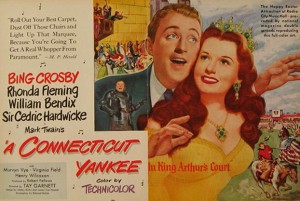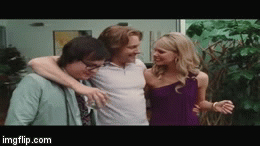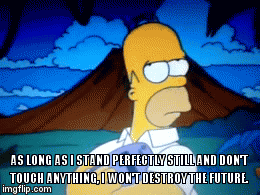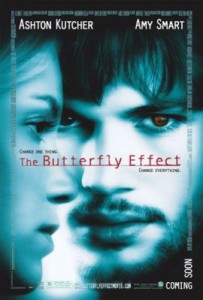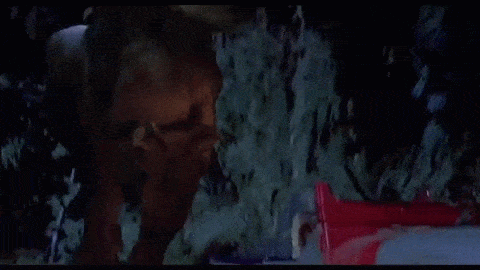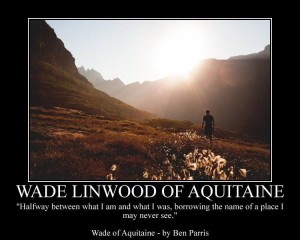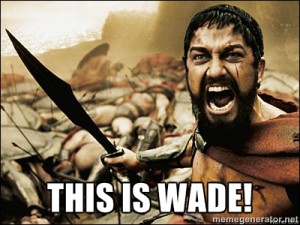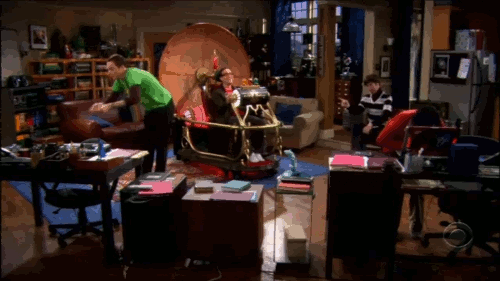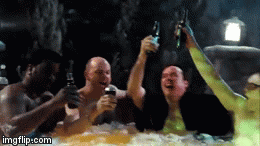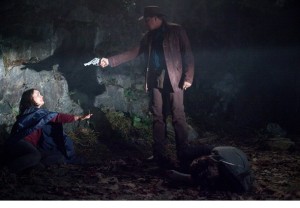Engaging Critique Group Activities
By CaraMarie Christy
Critique group work need not be limited to reading and editing writer submissions. Writers can practice their skills in a variety of ways, from writing exercises to even some games off paper. Here is a list of some well-loved writing and creative exercises that can be done during workshops:
Frame the idea of “scene”- Few novice writers understand where and when a scene, a.k.a. a piece of the written work that forwards the overall plot, begins and ends. This becomes a problem when writers don’t understand what their scene accomplishes in the overall structure of their piece. Writers should ask themselves: what does this scene achieve? The most effective scenes are mini narratives with a beginning, in which an idea is introduced, a middle, where the character faces conflict on the idea, and something learned about the idea that constitutes the end of the scene. Have writers take four colored markers and a copy of their favorite novel. For one of the colors, trace out the scene as a whole, then use the remaining colors to mark where the beginning, middle, and end are located. This game gives the writer an idea of how the pacing in scenes feels.
Write in the Opposite Perspective- Written pieces with many characters can run into the problem of limited understanding of motivation. For example, writing villains is often difficult, because many writers establish villains as evil for the sake of being evil, rather than understanding their ulterior point of view. To keep villains from sounding like soulless masses of darkness, have writers practice writing in the villain’s perspective.
Act it Out- A lot of the principles that apply to acting also apply to writing. Both require understanding motivation and tone of voice. In this famous activity, a writer gets to play director and casts fellow critics as characters in their piece. Critics should be given time to read and understand their part before attempting to act out the scene. There are two problems with this activity: the first being that not every writer is a good actor, and the second that some parts might be misread as dry and dull if the acting is bad. This game also takes a good deal of time, especially if done for every writer in a group. However, the activity does give writers some idea of how their characters look and sound to readers.
Improvisation- A writer has to understand setting, characters, and relationship set-ups in order to create a believable story. Improvisational games are great ways to get into the mindset of building different characters. One game in particular, called “three lines,” is useful for understanding how to set up a story efficiently. Three lines forces players—in three lines of dialogue or less—to establish relationships, characters, and settings. For example: “Miss, I’ll need to see some identification before you take that pterodactyl bone.” From this line we understand setting, the fact that this takes place in a museum with pterodactyl bones, that the characters in play are an officer and possible thief, and that these two are strangers as can be seen in the officer’s use of “miss.” More games that develop characters, like “freeze” and “head in a bucket,” as well as instructions, can be found at improvencyclopedia.org.
The Object Game- The internet is home to thousands of images. Googling the word “apple” gets you apples of any sort: red, green, blue, and even rainbow. In this game, have a facilitator look up a common object, and find the strangest image of that object that they can. The facilitator presents this image, such as a rainbow apple, to the group.. The group then has a set time to race and come up with as many words to describe the strange object as possible. This game is meant to break the habit writers fall into of using the same words in their descriptions. Facilitators should be sure to keep safe search on!
Line by Line- An old classic, the line by line game is one where writers collaborate to build a story, passing a sheet around a circle to see what the next writer in the group will add. This game is ancient, but still a favorite with writers looking to keep their writing fresh. The only downside to this game is that it tends to be over quickly and, depending on who is playing, the outcome can take some silly and unexpected turns.


